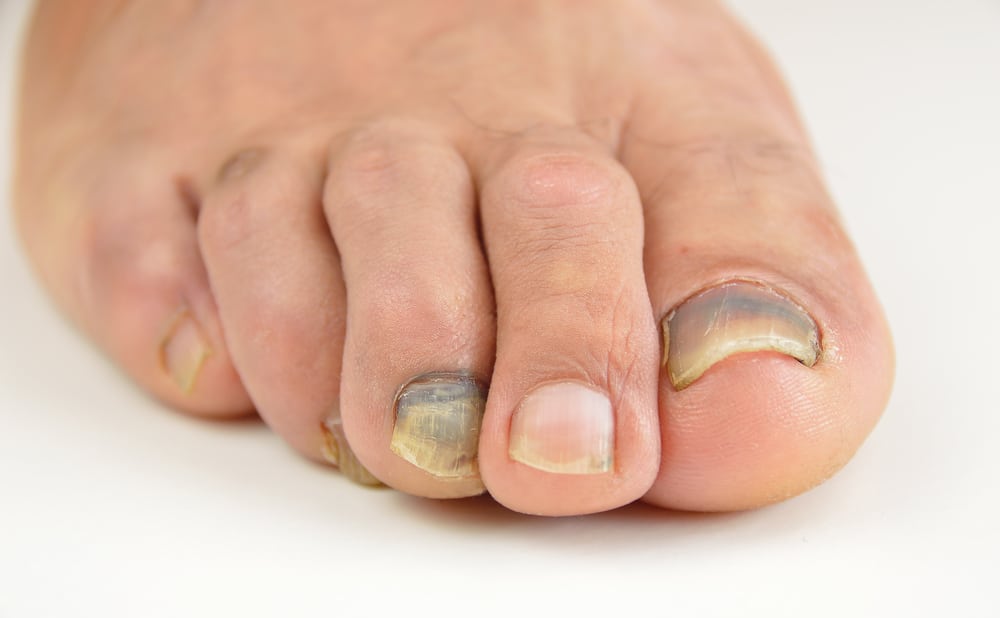Blue fingernails can be a symptom of a disease or disorder. While many changes to fingernails are benign, other changes are a sign of a serious medical condition.
Raynaud’s
When you first notice the signs of Raynaud’s disease, it’s important to take some precautions to prevent complications. For instance, keep your body as warm as possible. Wear several layers of clothing and consider wearing woolen socks and hand warmers. If possible, avoid working out in freezing temperatures. If your symptoms worsen, consult a doctor. You can also take ginkgo supplements, which can help increase circulation. Medications that can worsen your condition include caffeine and nicotine. In addition, acupuncture can be helpful.
The first symptom of Raynaud’s disease is a change in skin color. Your skin may appear white or blue, and then turn red. Your fingers may become numb or feel cold, and your nose and lips may become swollen and red. The symptoms may last up to 15 minutes, but they may also lead to sores and infection. If you think you may have Raynaud’s disease, talk with your primary care doctor.
Lifestyle changes can also reduce your symptoms. If the attacks become frequent and persistent, they can progress to skin sores and gangrene. In such cases, treatment may depend on the severity and primary or secondary form of the disease.
Rheumatoid arthritis
If you notice changes to your fingernails, you should consider them a sign of a serious illness. If you notice them before other symptoms show up, you may have rheumatoid arthritis (RA). Medical treatment is available to reduce the symptoms and improve your quality of life.
RA affects the blood vessels in the skin around the nails, which can cause raised hemorrhages. The skin around the nail can also become discolored and covered with small brown spots. While RA is a rheumatic disease, its symptoms can be reduced by modifying your lifestyle.
Swollen finger knuckle joints are another symptom of RA. Swelling is most common in the middle and large knuckles. Both hands may be affected. The swelling does not feel bony or stiff, but is slightly warm or red.
Lung disease
Blue fingernails can be caused by a variety of medical conditions, including lung disease and asthma. It is important to see a physician to determine the cause and treatment options. Sometimes, the blue nail color is a sign of an underlying health problem, and doctors can use a pulse oximeter to check the oxygen levels in the blood.
People with low oxygen levels may have cyanosis, which means that they have blue fingernails. Cyanosis, or blue skin, is a sign of an underlying problem. This disorder is caused by an abnormally low level of hemoglobin in the red blood cells, which is responsible for carrying oxygen throughout the body. Symptoms may appear first on the lips or around the eyes, but can also occur underneath the nails.
Although the cause of blue fingernails is unknown, cold weather is a major contributor. The cold can cause blood vessels to narrow, limiting the blood’s ability to carry oxygen to the fingers and to the internal organs. After a person warms up, their fingers and nails should return to their normal color. However, if the nails remain blue even after warming up or massaging them, it may be a sign of a more serious underlying health condition.
Nail fungus
The most common treatment for this infection is oral medications, such as itraconazole and terbinafine. This treatment must be taken for months to cure the infection completely. If treatment is not effective, the patient may need to switch to another treatment option, such as a topical antifungal agent.
A topical antifungal agent can be applied to the infected nail. However, it is vital to follow the instructions on the packet and follow your doctor’s advice. If the infection is severe, your doctor may recommend nail removal. The process can be done in your doctor’s office during a routine visit. A local anaesthetic is used before the procedure.
If you notice your fingernails turning blue, visit a doctor as soon as possible. The condition can be a symptom of other health conditions, such as heart disease or congenital heart disease. If it becomes more severe, you should call 911 immediately.

